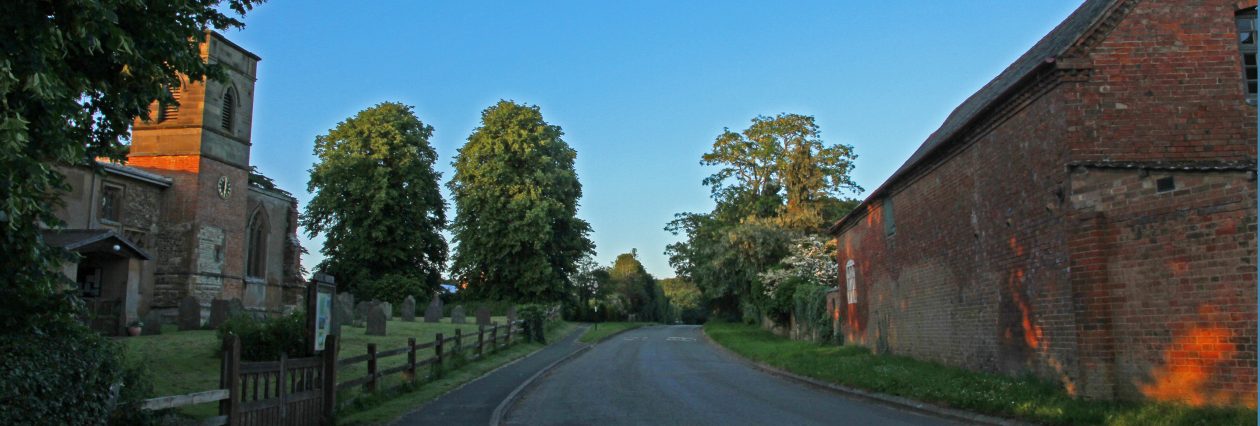Cotesbach is a peaceful village with just over 150 residents located in South Leicestershire. Although small, it is a vibrant community with a lot of activities, many retaining its agricultural heritage.
The name “Cotesbach” relates to its proximity to the Swift Valley, through which the River Swift flows with “Cott’s” meaning the name of a dwelling of a person called “Cott’s” and “beche” translated to mean a river of flow of water in a valley.
Three places in Cotesbach parish are believed to be sites of early settlements of round houses, dating from around 800 to 42 BC. The Roman period saw some changes for Cotesbach, especially with the creation of nearby roads such as Watling Street and Fosse Way. Shards of Roman pottery have been found in the village, leading to people believing that there could have been a Roman villa in the area.
The current site of Cotesbach is believed to have originated from the Saxon period. In this period, Cotesbach was in the ‘neutral’ area between the Kingdom of Wessex and the Dane Law territory. Many archaeological finds originate from this period, including many brooches, a copper alloy stirrup mount, a small sword/dagger and a shield boss. The Domesday period saw a new Lord of the parish, Hugh de Gretemaisnil (French: Hugues de Grandmesnil) from France. During the Medieval period the population was believed to be around 150 people, who were mostly agricultural workers. Several archaeological finds come from this period, including a piece of decorated tile.
The area had been considerably successful until 1591 when the owner of the land, Robert Devereux decided to sell large amounts of land to raise funds. Large amounts of land in Cotesbach came into ownership of John Quarles. Quarles raised rent for tenant farmers, purchased other sections of land and began to enclose the common land for farm animals. This upset many local people, who relied on the common land. A petition was taken to King James, who started an enquiry into the events, however the enquiry resulted in Quarles being given permission to enclose land in 1603. Enclosure of the land occurred across Cotesbach and beyond. Tension peaked in 1607 when the Enclosures Riot occurred, which resulted in people from many rural towns and villages pulling down hedges and fences and opening up the enclosures. In Leicester gallows were installed to try and put-off the rioters. By 1609 Cotesbach was a mixture of common and enclosed land, however in 1612 the land was enclosed again, meaning the agricultural world was changed permanently.
